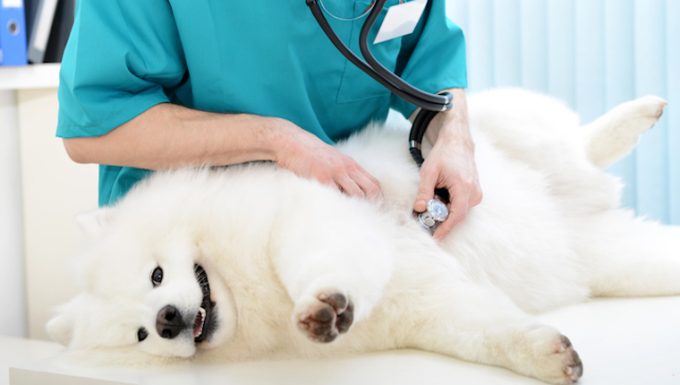False pregnancy in dogs can happen to an unspayed dog. The condition is caused by a dog’s hormones making them think that they are pregnant.
A dog who develops the condition will start to display maternal behavior. You can read more about dogs and pregnancy in general here.
Technically, the condition is also known as pseudocyesis or…









